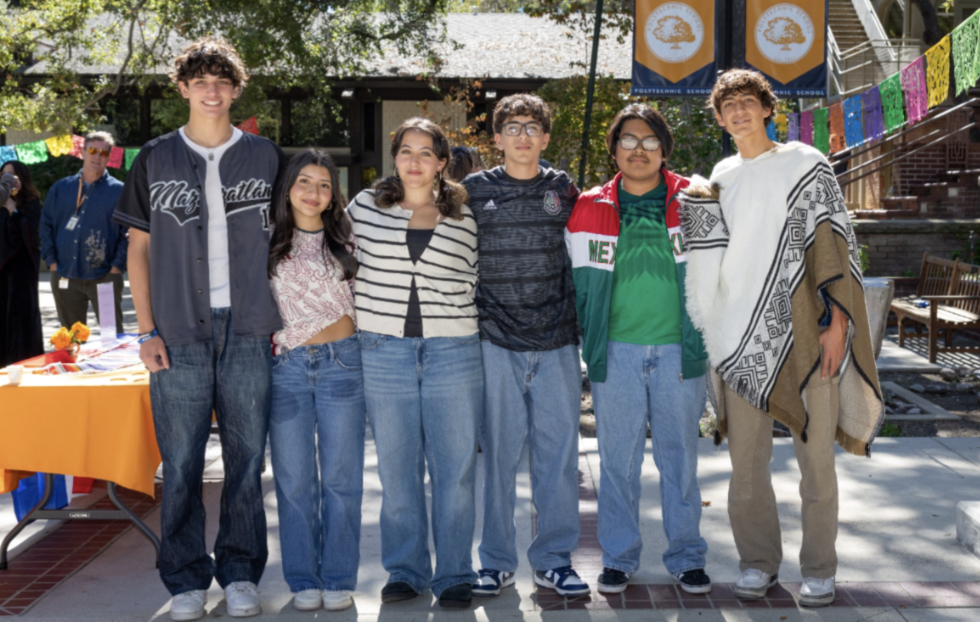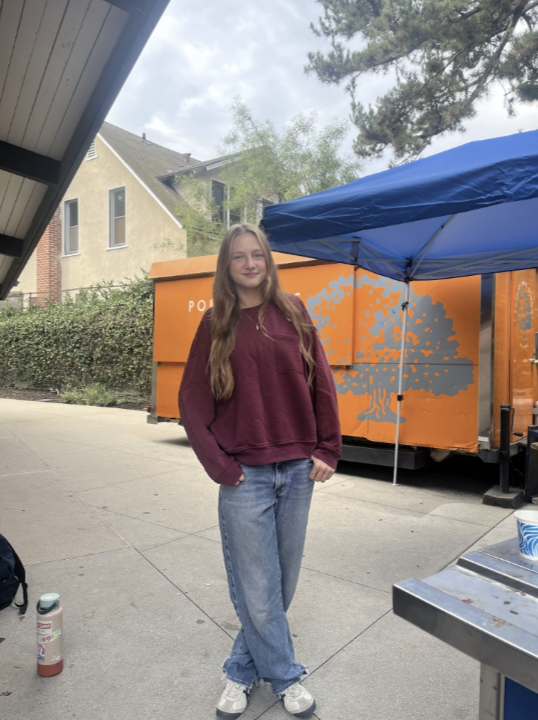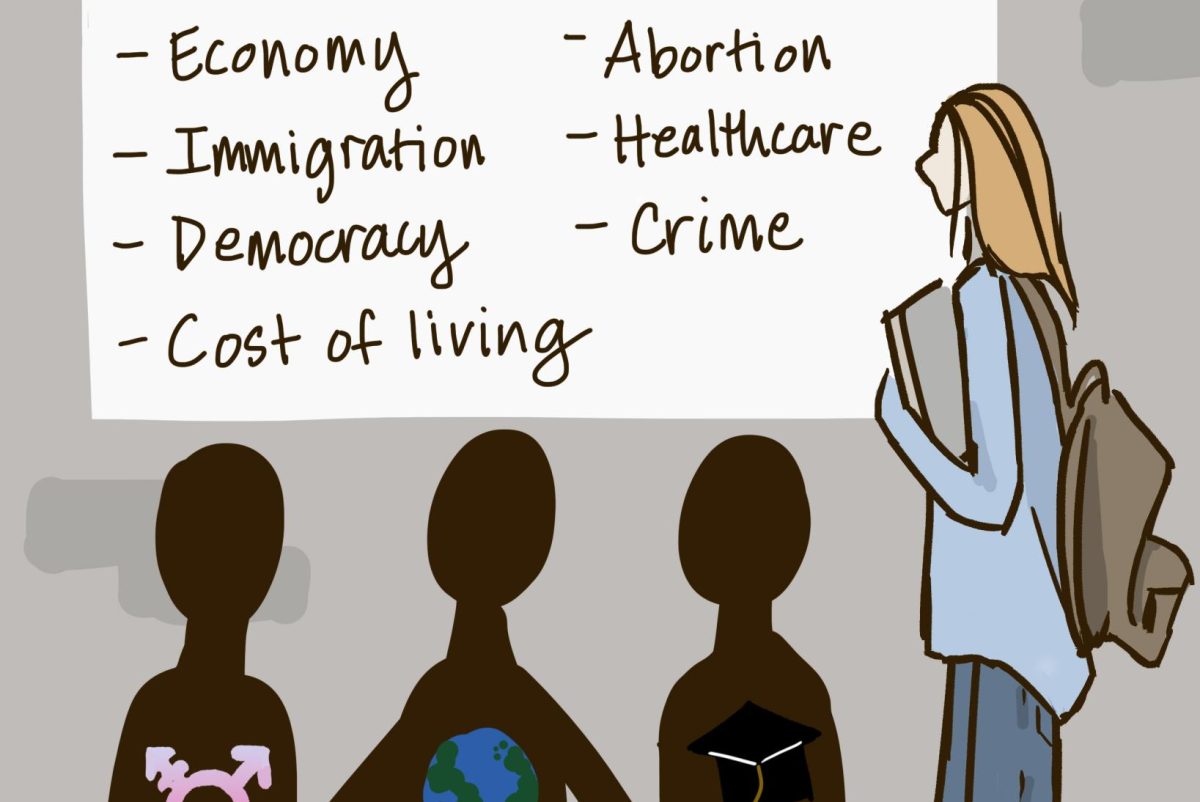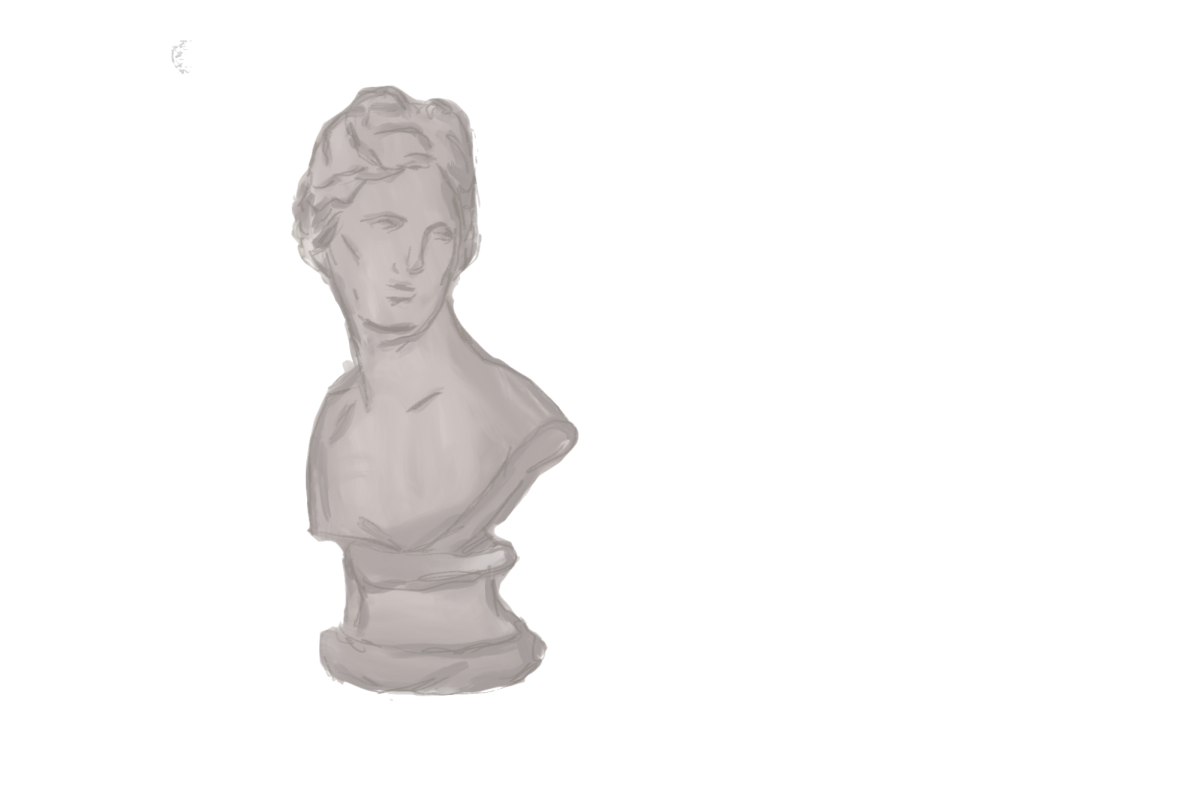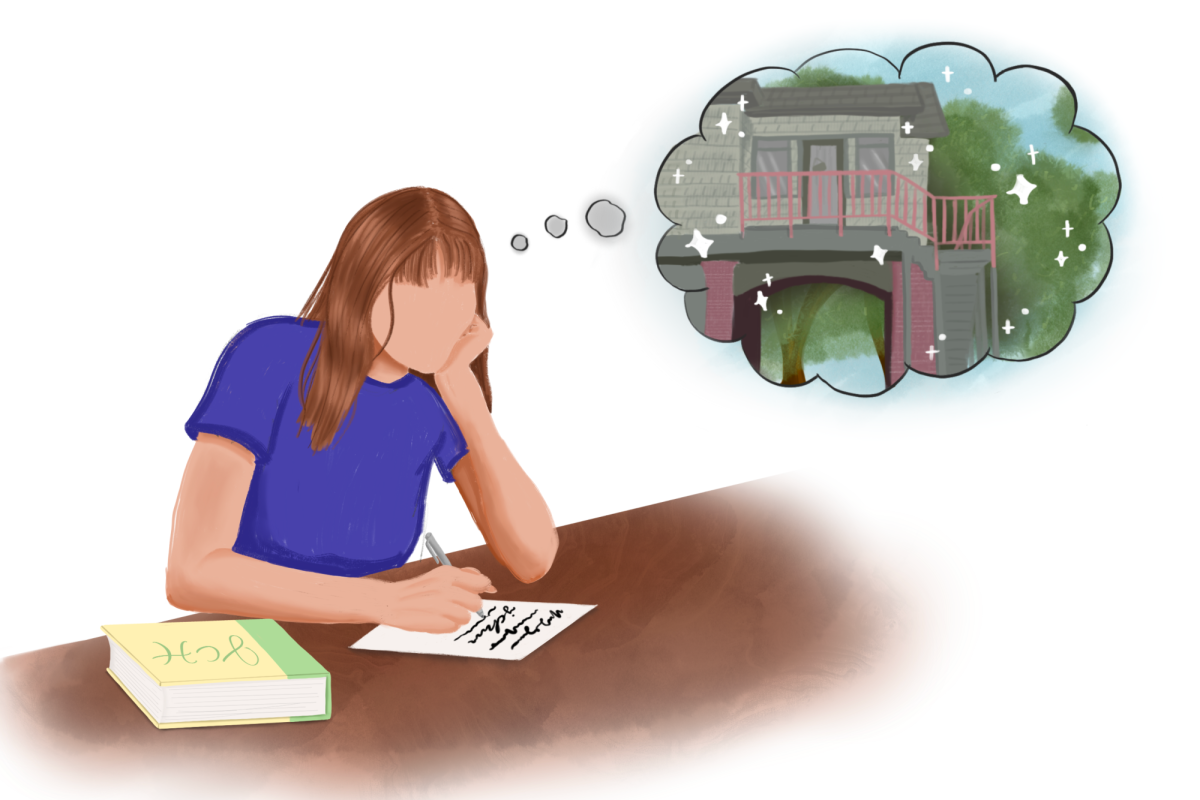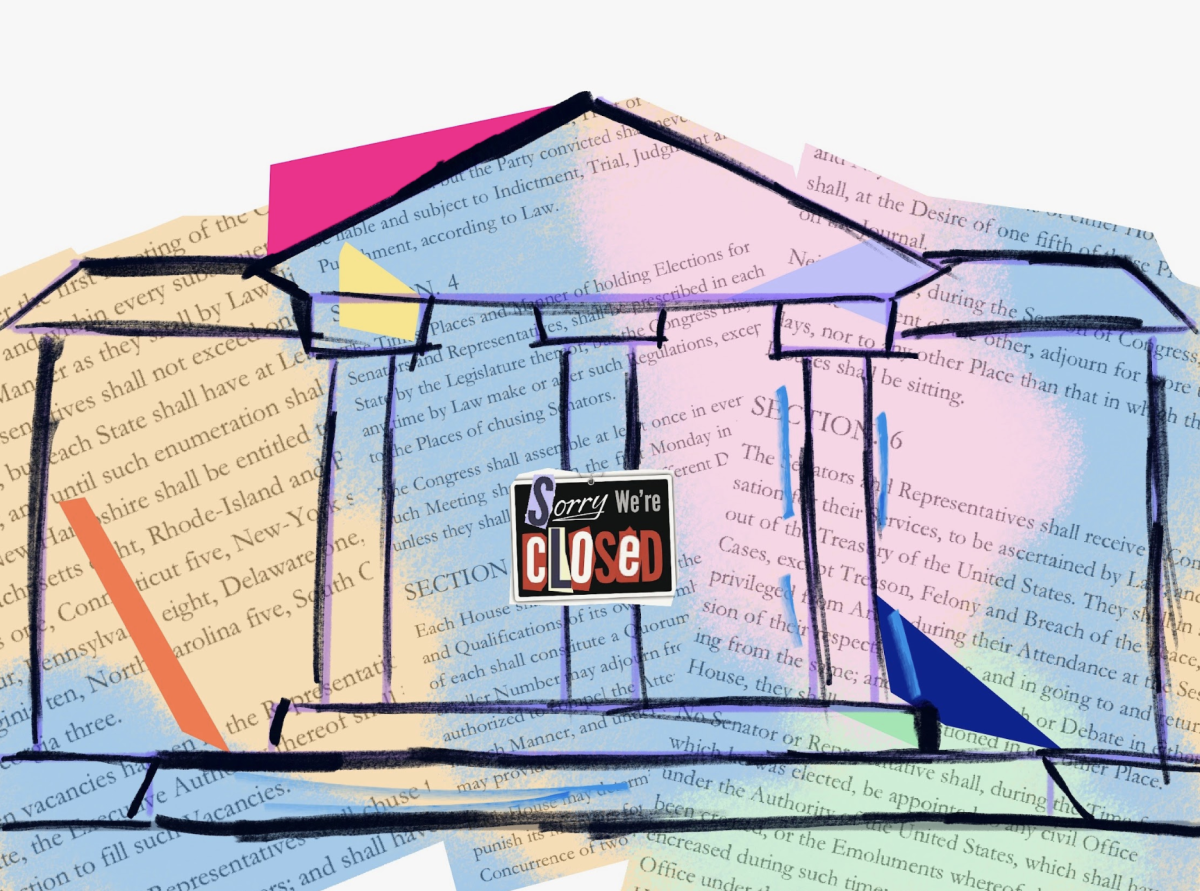When wildfires infiltrate cities, they bring a wave of hidden dangers. According to the Los Angeles Times, urban fires like the ones in Los Angeles have even more harmful effects than forest fires due to the various pollutants they spread. Immediately following the spread of the fires, eight water districts in the county issued “Do-Not-Use” and “Do-Not-Drink” ordinances for residents living especially close to the locations of the fires, parts of Pasadena being one of them. Though Pasadena Water & Power, in collaboration with the State Water Resources Control Board, lifted the order for the Pasadena area on Jan. 24, air quality around Poly still remains compromised.
Poly Director of Health Services Hazel Diaz shared, “There are toxins out there that aren’t visible to us, but we know that they exist. These toxins can travel for hundreds of miles. All of the ash has been settling around, so that’s also a big concern because there are small particles that can really irritate the airways.”
Poor air quality from wildfires is more than a minor inconvenience. When vegetation burns, it releases harmful pollutants such as particulate matter (PM2.5), carbon monoxide and volatile organic compounds (VOCs). Particulate matter, especially the ultrafine particles, pose a significant threat, owing to their ability to penetrate deep into the lungs and enter the bloodstream. These pollutants linger in the atmosphere, creating a hazardous environment for days or even weeks after the fire is extinguished.
“The fires are wreaking havoc on sensitive groups, such as asthmatic students, people who are immunocompromised or are getting over a respiratory issue and the elderly or the little ones,” added Diaz. “These are the biggest groups that the air quality is affecting.”
Currently, according to Diaz, Poly is following the updates posted by Pasadena Public Health about the air quality after the fire. Poly is also taking initiative to clean the swimming pool and put a major focus on air filtration systems.




